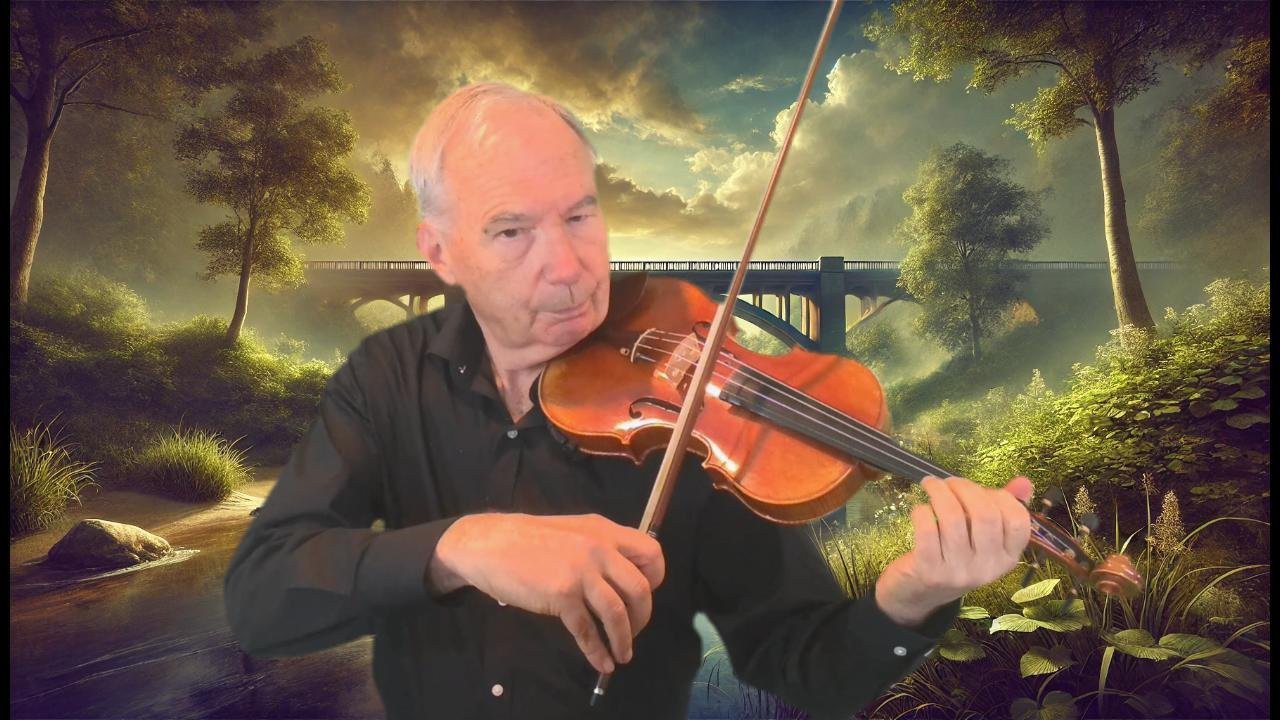Step into the world of timeless romance with OpaSings, where the enchanting strains of the violin breathe new life into the “Love Story” theme song, cinema’s unforgettable melody by Francis Lai. This iconic score, central to the 1970 film “Love Story,” not only captured hearts worldwide but also earned Lai an Academy Award for Best Original Score. Its hauntingly beautiful arrangement speaks of love’s joys and sorrows, becoming an integral part of film music history.
On OpaSings, Opa masterfully interprets this classic theme on the violin, offering a unique rendition that retains the original’s emotional depth while infusing it with the distinct warmth and vibrancy of stringed performance. “Love Story,” directed by Arthur Hiller and starring Ali MacGraw and Ryan O’Neal, tells a poignant tale of love that transcends life’s greatest challenges, and its theme song has since become a symbol of eternal love and loss.
Join Opa as he explores the lush, melodious landscape of “Love Story” through his violin, inviting listeners of all ages to experience the timeless beauty of Francis Lai’s masterpiece. Whether you’re a lifelong fan of the film or discovering its music for the first time, OpaSings provides a fresh, deeply moving connection to one of cinema’s most celebrated scores.
Ai Generate image using the following parameters
isual Elements & Composition:
- Central Focus: An elegant, antique grand piano, its deep mahogany finish glowing under the soft light, occupies the central space. The scene is intimate, with the piano’s keys visible and sheet music for “Love Story” prominently displayed, inviting the viewer into the narrative. The suggestion of a poised hand, ready to play, adds a personal touch, hinting at the act of creating music and, by extension, love itself.
- Setting: The setting is a dimly lit room that exudes classic warmth and sophistication. Behind the piano, a large window draped in sheer, flowing curtains reveals the last golden rays of a sunset. This light bathes the room in a warm, soft glow, enhancing the atmosphere’s romantic and nostalgic feel.
- Backdrop: Beyond the window, a beautifully manicured garden in the twilight hour provides a dreamlike backdrop. The garden, alive with blooming flowers and lush greenery, serves as a metaphor for the blooming and nurturing of love. A cobblestone path winds through the garden, leading to a secluded bench under an arbor, suggesting a place for quiet reflection or whispered sweet nothings.
Atmospheric Details:
- Lighting: The interplay of light and shadow is crucial. The interior’s warmth contrasts with the cool, serene twilight outside, symbolizing the warmth of love amidst life’s uncertainties. The light that filters through the curtains casts patterns on the piano and floor, creating a bridge between the viewer’s space and the world within the image.
- Color Palette: Warm tones dominate the interior—rich browns, golds, and soft creams—evoking a sense of comfort and timeless elegance. The garden scene uses cooler, but still vibrant, hues—greens, blues, and the soft colors of twilight—to draw a distinction between the warmth of human connection and the broader world.
Symbolism & Emotion:
- The Piano: More than just an instrument, the piano symbolizes the creation of beauty and the expression of deep, complex emotions. It’s a bridge between the tangible and the intangible, much like love itself, which is felt deeply but often hard to express in words.
- The Garden: The garden represents growth, renewal, and the natural cycles of life and love. It’s both a sanctuary and a witness to the enduring beauty of love through the seasons of life.
- Light & Shadow: The nuanced play of light and shadow mirrors the complexities of love—the joy and sorrow, the certainty and doubt—that the “Love Story” theme so beautifully conveys through its melody.
This image, inspired by the “Love Story” theme song, aims to be more than just a visual representation; it’s an invitation to feel, remember, and perhaps even to fall in love with the story all over again. Through its composition, lighting, and symbolism, the image captures the essence of the music and the narrative it accompanies—a testament to love’s enduring power to touch hearts across generations.






